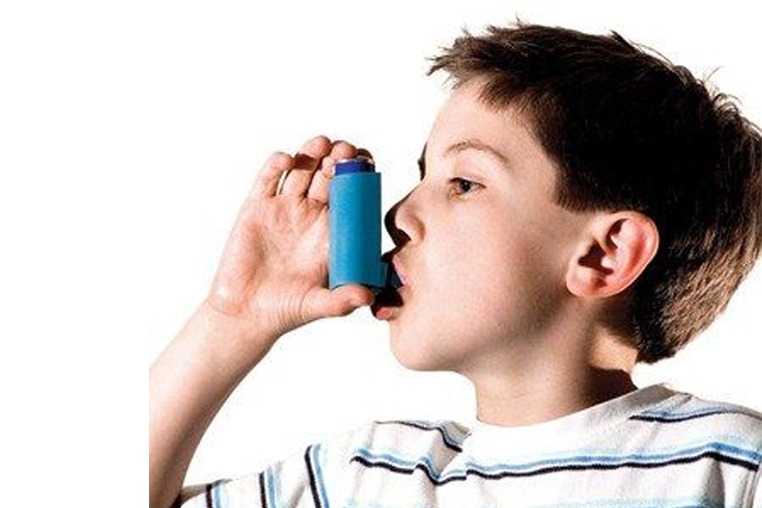First Aid Course in Canberra. Nationally Recognised Training and Certificate. Excellent Trainers. Free First Aid Manual and CPR Face Mask.
Children with mild to moderate asthma do not benefit from a common practice of increasing their inhaled steroids at the first signs of an asthma exacerbation, according to clinical trial results published in The New England Journal of Medicine. Researchers found short-term increases in inhaled steroids did not prevent attacks in children aged 5 to 11, and may even slow a child’s growth.
For one year, researchers measured benefits of quintupling inhaled steroid doses during the earliest signs of an asthma attack. This period-;known as the “yellow zone”-;is when wheezing, coughing, and shortness of breath first appear. “Increasing the dose of inhaled steroids at early signs of asthma worsening along with using quick relief medicines to relieve symptoms is a common practice,” says study author Kristie Ross, MD, assistant professor of pediatrics at Case Western Reserve University School of Medicine and clinical director of pediatric pulmonology, allergy and immunology at UH Rainbow Babies & Children’s Hospital. “Our study shows that this is no more effective at preventing progression to more serious asthma exacerbations than the use of quick relief medicines alone, such as albuterol inhalers.”
All 254 children in the randomized, double-blinded study used low dose controller inhalers-;”two puffs twice daily”-;for a standard maintenance dose of inhaled steroid medication. When parents noticed their child had yellow zone symptoms, the researchers instructed them to use a different inhaler for seven days. Half of the inhalers were the same low dose, and the other half contained five times the maintenance dose. Across 395 yellow zone episodes, the researchers did not find any significant difference in the number of asthma attacks that ultimately required systemic steroids. Despite a 16% increase in exposure to inhaled steroids, children in the high-dose group did not experience fewer attacks.
The researchers did find children in the high-dose group had slower growth rates-;averaging 0.23 centimeters per year less than children who maintained the low-dose regimen. Children with over two yellow zone episodes in a year, and children aged 5-7 were most affected. Over time, short-term increases in inhaled steroids could have cumulative effects, say the authors, but the slight difference is not enough to connect inhaled steroids to growth defects.
Ross cautions that the study did not include children with severe asthma who may be more prone to exacerbations, or children with uncontrolled asthma. It focused on preventing early, mild asthma symptoms from progressing to dangerous attacks. Parents should continue to work with their child’s asthma doctor to develop a personalized home management plan that includes yellow zone interventions, she says.
Rainbow Babies & Children’s Hospital at University Hospitals Cleveland Medical Center was one of 17 trial sites in the study. Other study authors from Case Western Reserve University School of Medicine included James Chmiel, MD, MPH, professor of pediatrics; and Ross Myers, MD, assistant professor of pediatrics. The National Heart, Lung, Blood Institute’s AsthmaNet clinical research network sponsored the study.
With the trial results in hand, the team must now look for new ways to manage yellow zone symptoms. “Our study suggests we need to find better ways to identify early signs of asthma worsening that are likely to lead to more serious asthma exacerbations,” Ross says. “We will be starting a study this summer on a way to do that using technology that collects information about the child and the environment with less burden on the family, that may help us better predict asthma flares.”
Please check our upcoming first aid course for bookings on the website at www.canberrafirstaid.com

